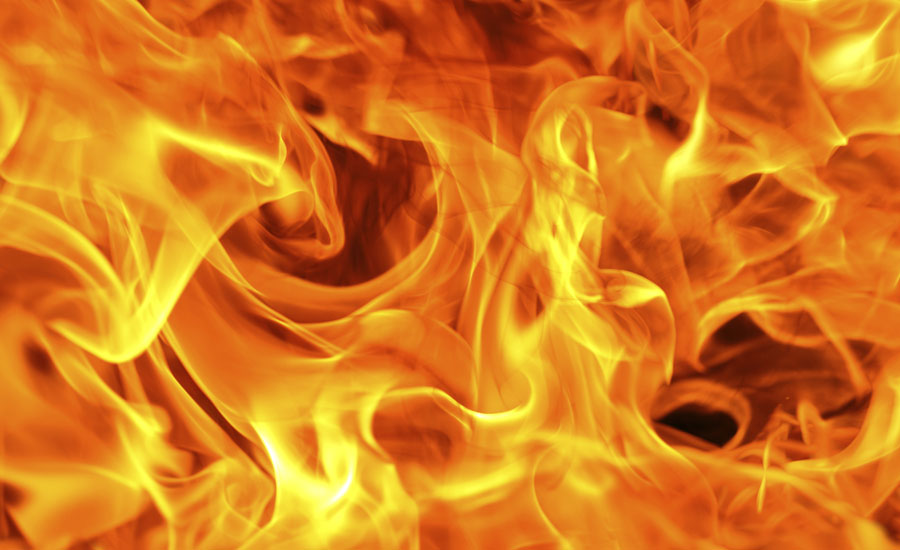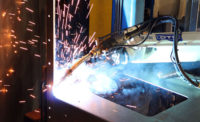In California and other U.S. western states, wildfires have become more frequent and intense, adversely impacting air quality and human health. Smoke from wildfires contains many toxins and irritants, including particles smaller than 2.5 microns in diameter, which, due to their size, penetrate deep into the lungs and contribute to cardiopulmonary and respiratory illness. Many health agencies and departments suggest people stay indoors during wildfires to limit their exposure to these particles.
Brett Singer and Rengie Chanare, leaders of Berkeley Lab’s Indoor Environment Group, have worked with California homes, schools, and offices to improve air quality by ensuring adequate ventilation during normal operation and use of high-efficiency filters to reduce particles in indoor air, both during normal air pollution and especially during wildfires. Schools are a particular concern because rates of asthma are higher in children than in adults, and the particles can trigger asthma attacks.
Q. What are the most important factors affecting indoor air quality during wildfires?
Singer: A lot of factors are involved, but the main ones are how the building is ventilated, whether there is any filtration and how effective the filtration system is. During smoke events, most people now know that they should keep windows closed, and that helps. But outdoor air may be coming in through mechanical systems – which occurs in most commercial buildings and some homes – and through uncontrolled air movement through cracks and openings in the building shell. Filtration can be used to remove particles as air is brought into the building by a mechanical system or by recirculating air already inside the building.
Q. By how much do these factors affect the amount of these tiny particles indoors?
Singer: An older home or commercial building that has not been upgraded and doesn’t have high performance filters can have indoor particle levels that are 70% to 80% of outdoor levels even when all the windows are closed. Homes built in the last 10 to 20 years and older homes that have had very good air sealing upgrades can have indoor particle levels that are only 50% or less of those outdoors, when windows are closed. And particle levels can be reduced to less than 20% of outdoor levels with good filtration. Airtight homes or office buildings with high performance filtration can reduce exposures to outdoor particles to less than 5%.
Q. What special challenges do schools face during wildfires?
Chan: The occupancy is much higher in a school than in an office environment or home. A typical classroom can have 30 students plus the teacher in roughly 1,000 square feet. We do not advise stopping outdoor air ventilation entirely because it can degrade the indoor air quality and interfere with learning. The solution is to have very good filters installed in the heating, ventilation, and air conditioning (HVAC) system and reduce ventilation to the minimum needed to avoid stuffy conditions. In addition to the exposure to wildfire smoke inside classrooms, schools also face additional concerns of exposing students to high levels of wildfire smoke in the ambient air as they travel from home to school.
Q. What are simple ways to improve indoor air quality during wildfires?
Singer: Keep windows and doors closed. If you are in a house with a mechanical ventilation system, turn it off during the fire. And remember to turn it back on after the fire! If you have access to the building’s HVAC system, install the highest-efficiency air filter that’s compatible with the system. And of course, the HVAC system must be operating for the filters to be effective.
Most homes have a “forced air” heating or heating and cooling system and all of these have a filter that can be upgraded for whole-house air cleaning. And modern systems have a “circulation” model that will recirculate house air through the system continuously even if no heating or cooling is needed. This type of operation can be controlled through the thermostat, using a “fan on” or similar setting. If you don’t have access to the HVAC system, get a portable air cleaner designed for the size of the room, or get two if necessary.
Chan: Be prepared before wildfires start. Have these higher efficiency air filters on hand and confirm ahead of time that the HVAC system can handle that kind of air filter. Whenever there are extreme events it’s pretty hard to buy filters, but filters make a significant difference. Having indoor air quality monitoring in place before the wildfires start will give you time to know how to read and interpret the information from your air quality monitors.
Q. What about masks?
Singer: If fitted and worn correctly, respirators can reduce exposure for people who can’t avoid being outdoors for extended periods. Using a properly fitted respirator can also carry risks for anyone who already has trouble breathing; so it is important for people to consult with their physicians.
Source: University of California



